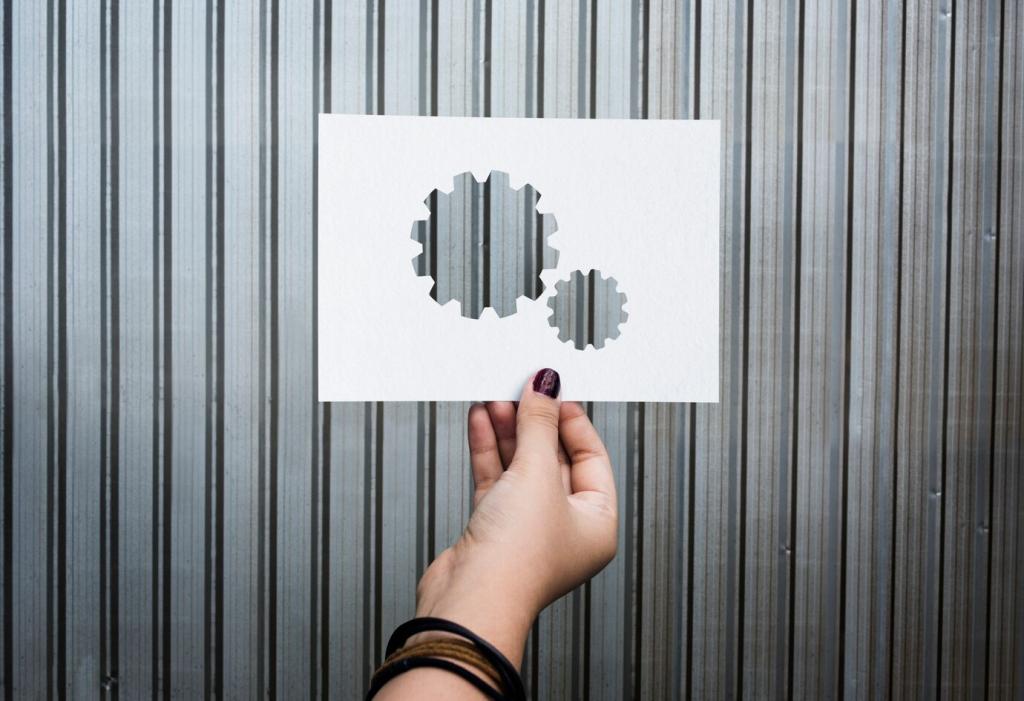Welcome! Today’s chosen theme is Reupholstering Dining Chairs: DIY Basics. Dive into a friendly, step-by-step guide packed with practical methods, honest stories, and confidence-boosting tips to transform tired seats into beautiful, comfortable staples. Follow along, ask questions in the comments, and subscribe for more hands-on inspiration.


Gathering Tools and Materials the Smart Way
Collect a heavy-duty staple remover, staple gun with 1/4–3/8 inch staples, needle-nose pliers, fabric scissors, a flathead screwdriver, and chalk. Keep everything in reach to maintain momentum and safety.
Gathering Tools and Materials the Smart Way
Select medium-to-heavy upholstery fabric rated for abrasion, high-density foam around one or two inches, and soft polyester batting. Prioritize cleanability for dining rooms where spills, crumbs, and forks are constant realities.

This is the heading
Lorem ipsum dolor sit amet, consectetur adipiscing elit. Ut elit tellus, luctus nec ullamcorper mattis, pulvinar dapibus leo.

This is the heading
Lorem ipsum dolor sit amet, consectetur adipiscing elit. Ut elit tellus, luctus nec ullamcorper mattis, pulvinar dapibus leo.
Measuring, Cutting, and Padding for Comfort
Measure Seats and Add Allowances
Measure width and depth at the widest points, then add three to four inches per side for wrapping. If corners are bulky, consider an additional inch to accommodate neat pleats.
Cut Foam and Batting Precisely
Trace the seat base onto foam and cut just outside the line for a flush edge. Wrap with batting to soften transitions, reducing visible edges and creating a plush, inviting profile.
Dry-Fit Before You Staple
Position foam and batting loosely, place fabric over the top, and gently pull each side to preview tension. Adjust now so the final stapling session is smooth and stress-free.




Pattern Placement, Grain, and Style Choices
01
Find the visual center of your seat and anchor a stripe or motif there. Keep grain straight along the front edge so guests see orderly lines, not drifting patterns.
02
Large-scale prints make dramatic statements, but crumbs show less on tweeds and subtle textures. Consider how often you entertain and the lighting that might highlight seams or wrinkles.
03
Warm fabrics flatter walnut and cherry; cooler hues pair beautifully with oak or painted frames. Test swatches on the chair at different times of day before committing.
Finishing Touches for Longevity
Add a Dust Cover for a Clean Underside
Cut cambric slightly smaller than the seat and staple it neatly. This hides staples and batting, discourages dust, and gives your reupholstering a confident, professional appearance.
Reattach Seats and Tighten Hardware
When reattaching, inspect screws and corner blocks. Tighten wobbly joints now to prevent squeaks. A stable foundation keeps your freshly upholstered seat aligned and comfortable under daily use.
Care, Cleaning, and Protection
Vacuum gently with a brush attachment, blot spills immediately, and follow fabric care guidelines. Consider a fabric protector if appropriate, and rotate chairs occasionally to distribute wear evenly.

Common Pitfalls and Fixes
Wrinkles often mean uneven tension—remove a few staples near the problem area, smooth, and restaple. Bulky corners improve with smaller pleats and clipping excess batting underneath.

An Anecdote from a First Project
I once rushed the corner folds and ended up with a lumpy edge that rocked on the frame. Slowing down, re-folding carefully, and trimming batting solved everything beautifully.
